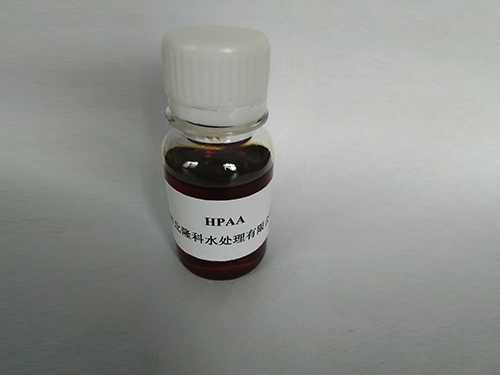Flocculation Techniques for Effective Water Treatment and Purification Processes
Flocculation in Water Purification An Essential Process for Clean Water
Water is one of the most essential resources for all forms of life on Earth. However, with increasing industrial activities, urbanization, and pollution, ensuring access to clean and safe drinking water has become a significant challenge. One effective technique for water purification is flocculation, a process that aids in the removal of suspended particles and impurities from water. Understanding flocculation, its mechanisms, and its applications is critical to advancing water treatment technologies.
Flocculation in Water Purification An Essential Process for Clean Water
The flocculation process generally consists of several stages coagulation, floc formation, and sedimentation. During the coagulation phase, chemicals are added to the water to destabilize the particles' charges. This destabilization is crucial as it allows the particles to move closer together and start to aggregate. In the subsequent floc formation stage, the destabilized particles collide and bind together, forming larger clusters. Finally, during sedimentation, these larger flocs settle to the bottom of the water treatment vessel, where they can be separated from the clean water above.
flocculation in water purification

One of the key advantages of flocculation is its effectiveness in removing a wide range of contaminants, including bacteria, viruses, organic matter, and even heavy metals. This process is especially useful in treating water sources that may have a high turbidity level, which can indicate the presence of harmful pathogens and pollutants. By effectively aggregating and removing these contaminants, flocculation plays a vital role in enhancing water quality and ensuring safety for consumption.
Furthermore, flocculation is not limited to water treatment plants. It is also employed in various industries, including food processing, paper manufacturing, and wastewater treatment, where the removal of suspended solids is necessary. In wastewater treatment, for example, flocculation helps reduce the environmental impact of effluents by ensuring that harmful substances are removed before discharge into natural water bodies.
While flocculation is a highly efficient method for water purification, it is essential to optimize the process to achieve the best results. The selection of the appropriate flocculating agent, along with precise dosing and timing, can significantly impact the efficiency of the process. Additionally, monitoring parameters such as pH, temperature, and the nature of the impurities present in the water is crucial for achieving optimal flocculation.
In conclusion, flocculation is a cornerstone technique in the realm of water purification. Its ability to effectively aggregate and remove impurities makes it invaluable for both municipal water treatment and industrial applications. As global populations continue to grow and water scarcity becomes an increasing concern, advancements in flocculation technology will be essential for ensuring access to safe, clean drinking water. Continued research and innovation in this field promise to improve the efficiency and cost-effectiveness of water treatment processes, helping to secure a sustainable future.
-
Water Treatment with Flocculant Water TreatmentNewsJun.12,2025
-
Polymaleic AnhydrideNewsJun.12,2025
-
Polyaspartic AcidNewsJun.12,2025
-
Enhance Industrial Processes with IsothiazolinonesNewsJun.12,2025
-
Enhance Industrial Processes with PBTCA SolutionsNewsJun.12,2025
-
Dodecyldimethylbenzylammonium Chloride SolutionsNewsJun.12,2025





